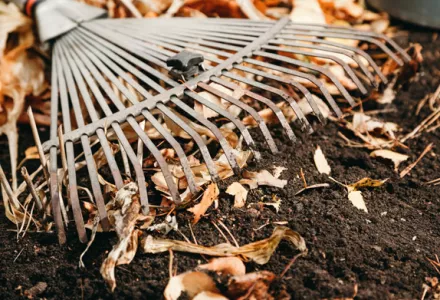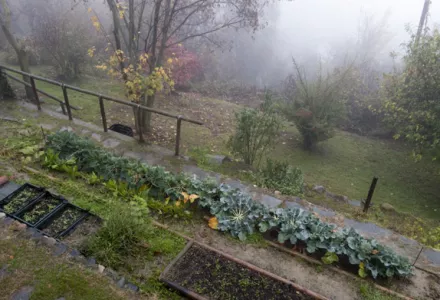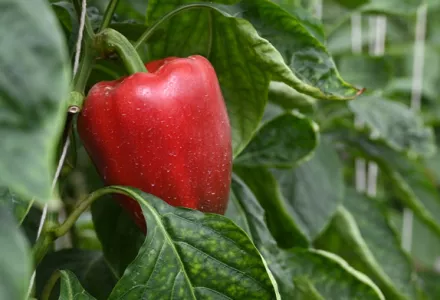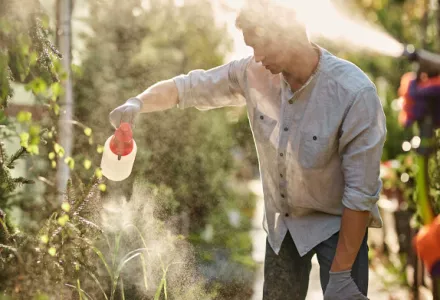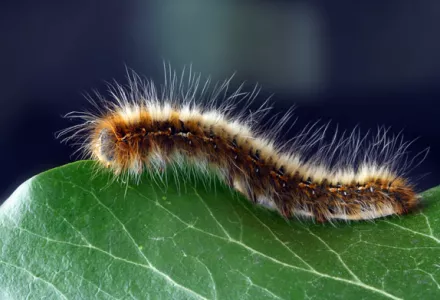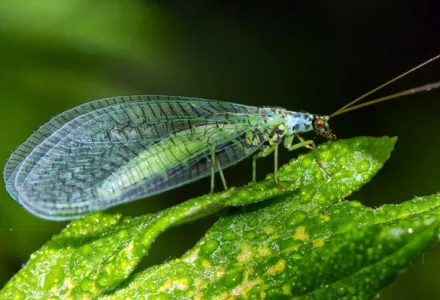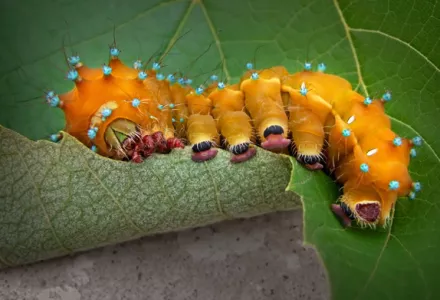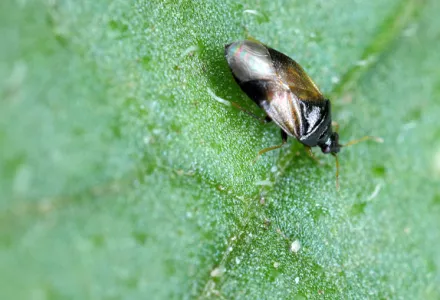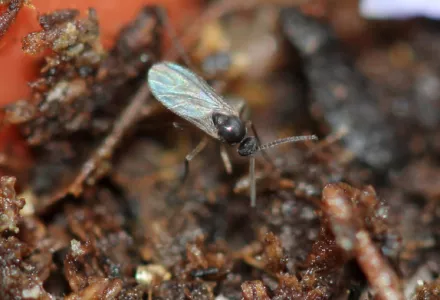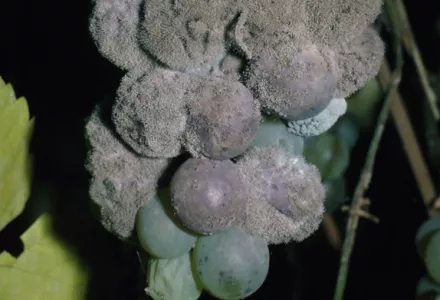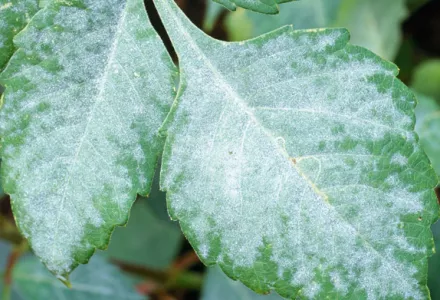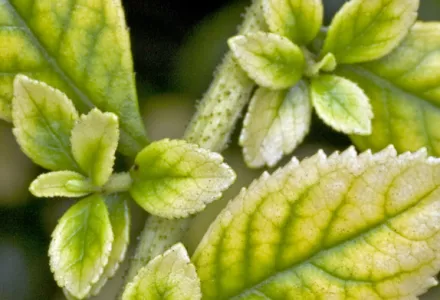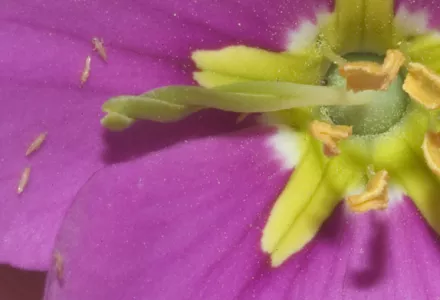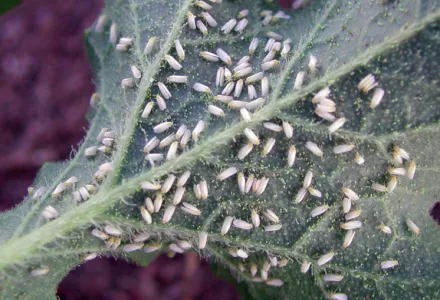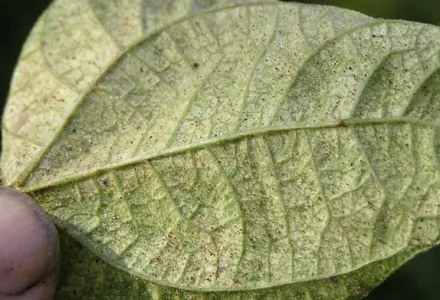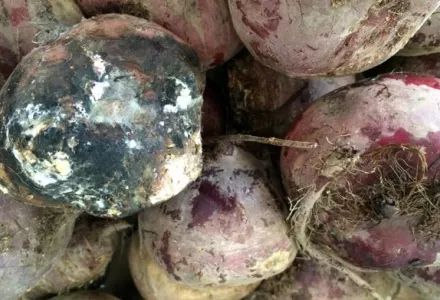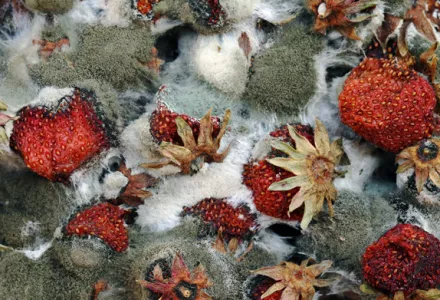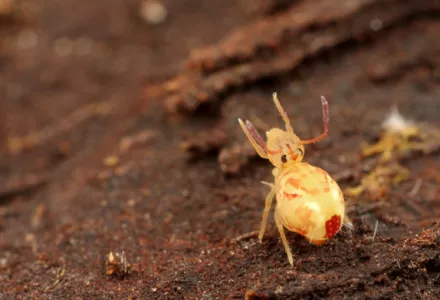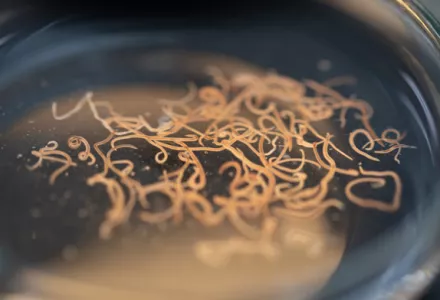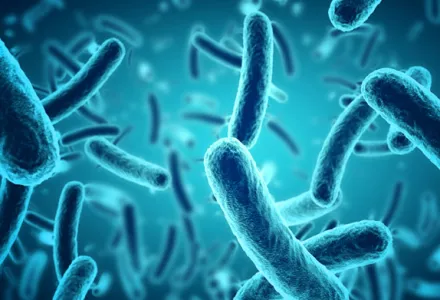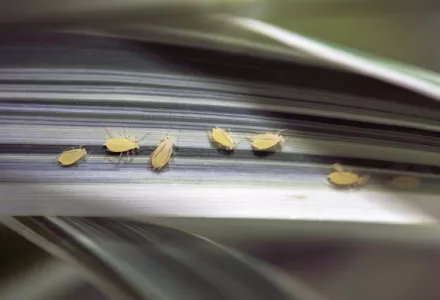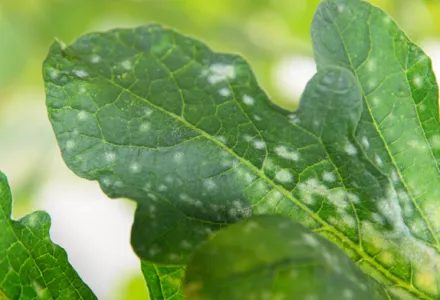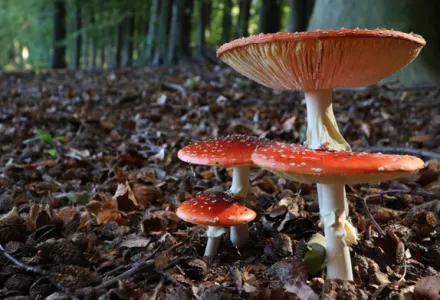Whitefly are Hemiptera insects belonging to the Aleyrodidae family. They are considered a major pest for many crops because they cause considerable damage and loss of production. They feed by sucking the sap from the host plant. They are polyphagus, meaning that they feed on many different plants, and so they represent a hazard for the majority of crops, as well as feeding off wild plants and weeds that act as a reservoir for the pest.
The characteristic white colour of these insects is due to a layer of white powder that covers both their bodies and their two pairs of wings.
The two species of whitefly that affect many crops are Bemisia tabaci or tobacco whitefly and Trialeurodes vaporariorum or glasshouse whitefly. The main morphological difference that enables these to be distinguished from one another is the position of the wings. In B. tabaci, these are joined to the body and in T. vaporariorum they are parallel to the surface of the leaf. Furthermore, the adult and pupa of T. vaporariorum usually has a greater quantity of waxy powder than B. tabaci.
Biological cycle
The full life cycle of the whitefly lasts between 15 to 40 days, depending on environmental conditions, particularly the temperature, as eggs will turn into adults more quickly when the temperature is higher.
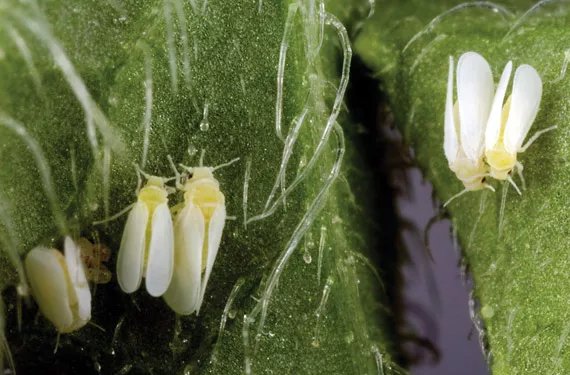
The whitefly usually lays its eggs on the underside of the leaves and the eggs stick to them by means of a pedicel. The larva or nymphs emerge from the eggs and in their first stage of development, they are mobile enough to move along the leaf until they find the right place to insert their stylus and begin to feed off the sap of the phloem, which is rich in sugars. The nymphs then pass through several more stages of development, during which they remain in the same place and continue to feed off the plant until the adult emerges from the last nymph stage. Non-fertilized eggs produce males while the fertilized eggs produce females.
Damage
The direct damage is caused to the plant as the whitefly feed. The sucking of the sap leaves discolored patches on the parts of the leaf when they have been feeding. Furthermore, as they suck out the sap, they release toxic substances into the phloem, which then spread throughout the plant. This leads to metabolic imbalances in the plant which leads to overall weakening, chlorosis and changes to the flowers and fruit.

In terms of indirect damage, the molasses excreted by the nymphs enables fungi such as sooty mould (Capnodium sp.) to form on the leaves. This mould acts as a screen and reduces the photosynthetic capacity of the plant.
However, the most serious damage that the whitefly can cause to crops is the transmission of viruses. These include the TYLCV (Tomato yellow leaf curl virus), the ToCV (Tomato chlorosis crinivirus) or the TYMV (Tomato Yellow Mosaic Virus).
Biological Control
A range of entomophagus insects, parasites, and some entomopathogenic fungi are used to control whitefly.
Most of the predators used feed on the eggs and nymphs of the whitefly. This category includes the Delphastus catalinae beetle. The chrysopidae larva and some bedbugs are also good biological controllers of this pest.
The small wasps of the Aphelinae family are parasites of the whitefly larva, where the wasps lay their eggs and they develop by feeding off their host. They are the most commonly used parasite wasps and are specific to the pest that they live off. This results in a quicker control of the pest, even though their specific nature means that they are not useful against other phytophagous insects.
Entomopathogenic fungi can also be used. This infects and grows inside the whitefly and eventually kills it. New spores emerge out from the corpse and infect other individuals. One example is the Verticillium lecanii fungus.
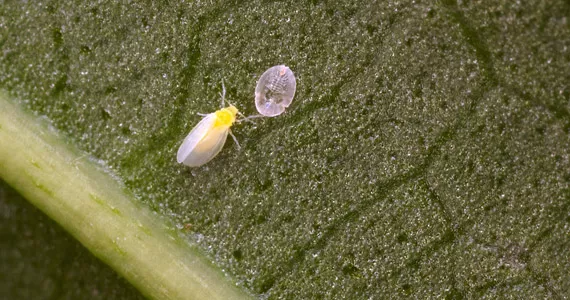
Cultural control measures
One of the main objectives when controlling whitefly is to avoid the crop being infected by a virus that the insect can carry.
Therefore, any weeds or remains of other plants that are near the crop should be removed as these can act as a habitat for the whitefly. Furthermore, if a whitefly feeds off a weed that contains a virus and then reaches your crop, the virus can easily be spread. The use of protective barriers such as nets and covers are also a good option for preventing infestations.
Phytosanitary treatments
The aim is to provide the plant with maximum protection during the earliest stages of the crop, thus preventing any whitefly from getting established. It is in these earliest stages that a viral infection will cause the greatest damage as the virus will spread throughout the plant and will show all its symptoms as the plant begins to produce blossom and fruit. This is why insecticides are applied to the seeds in some crops. These act systematically as soon as the seedling starts to grow and continue to protect it for several weeks.
In later stages, insecticides can be applied to the leaves to ensure the protection for the longest possible time. It should be noted that the use of non-systematic ingestion insecticides is not usually effective in combatting whitefly in its larval stage, since many of the larva lack mobility. The use of insecticides that act by physical means are also a good choice to fight this larval stage.

